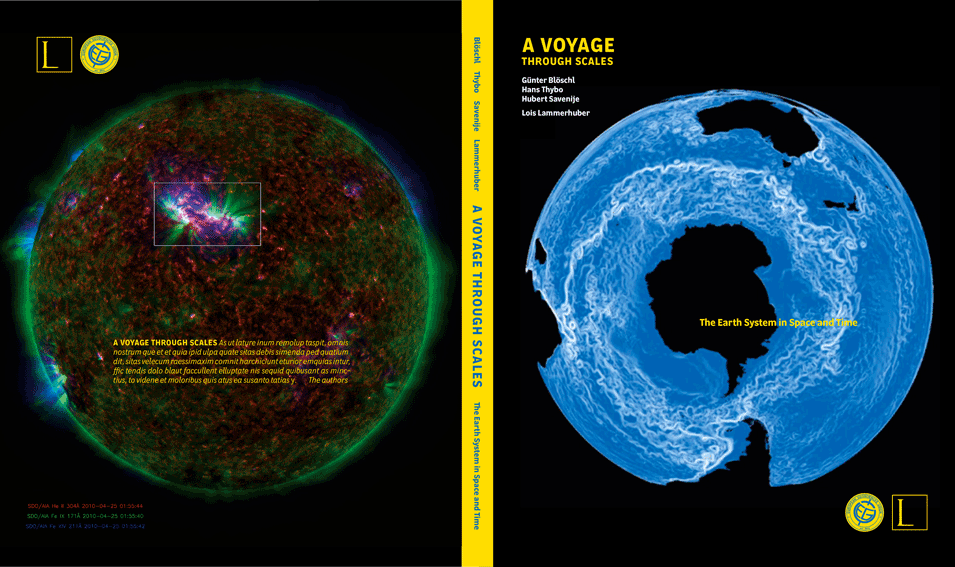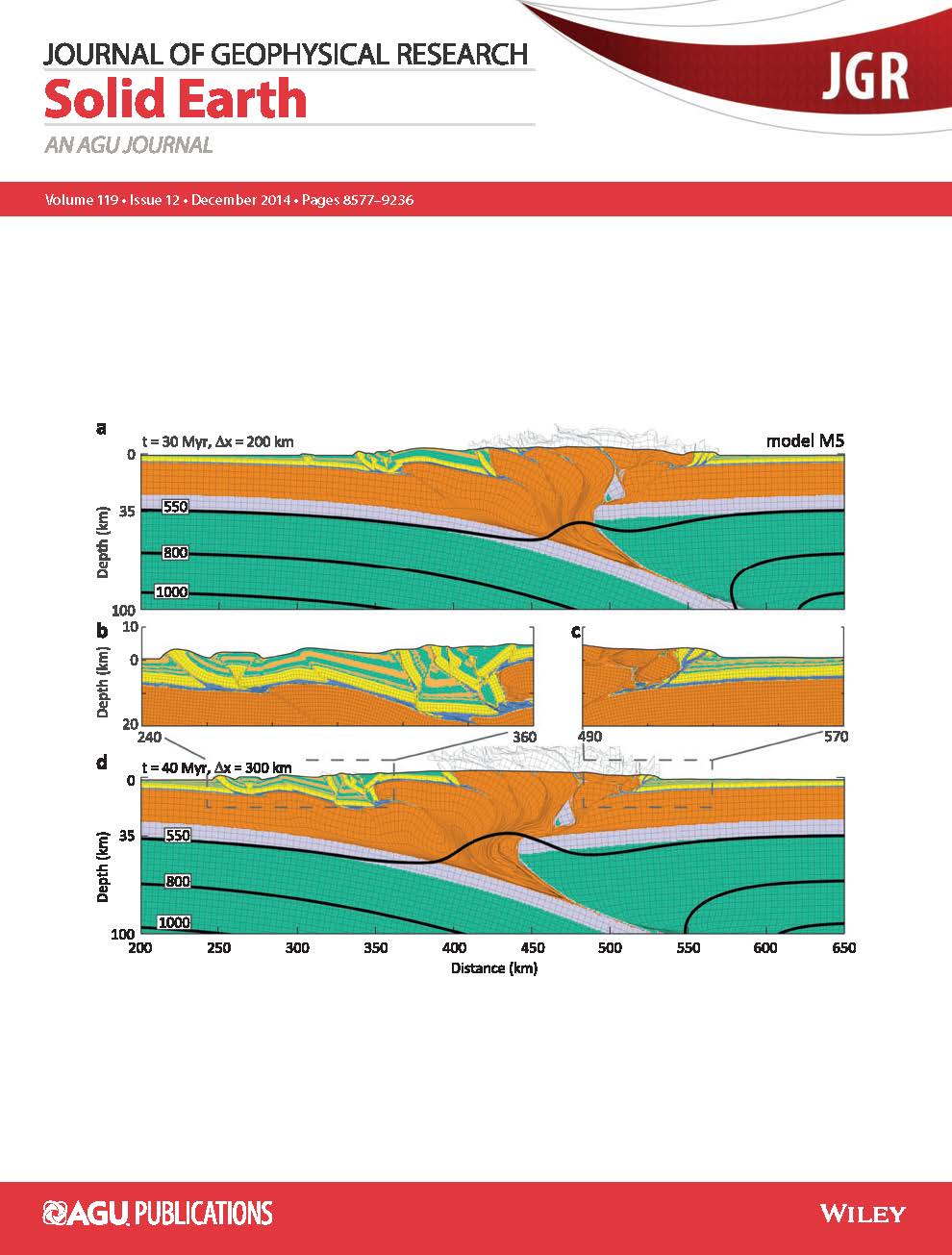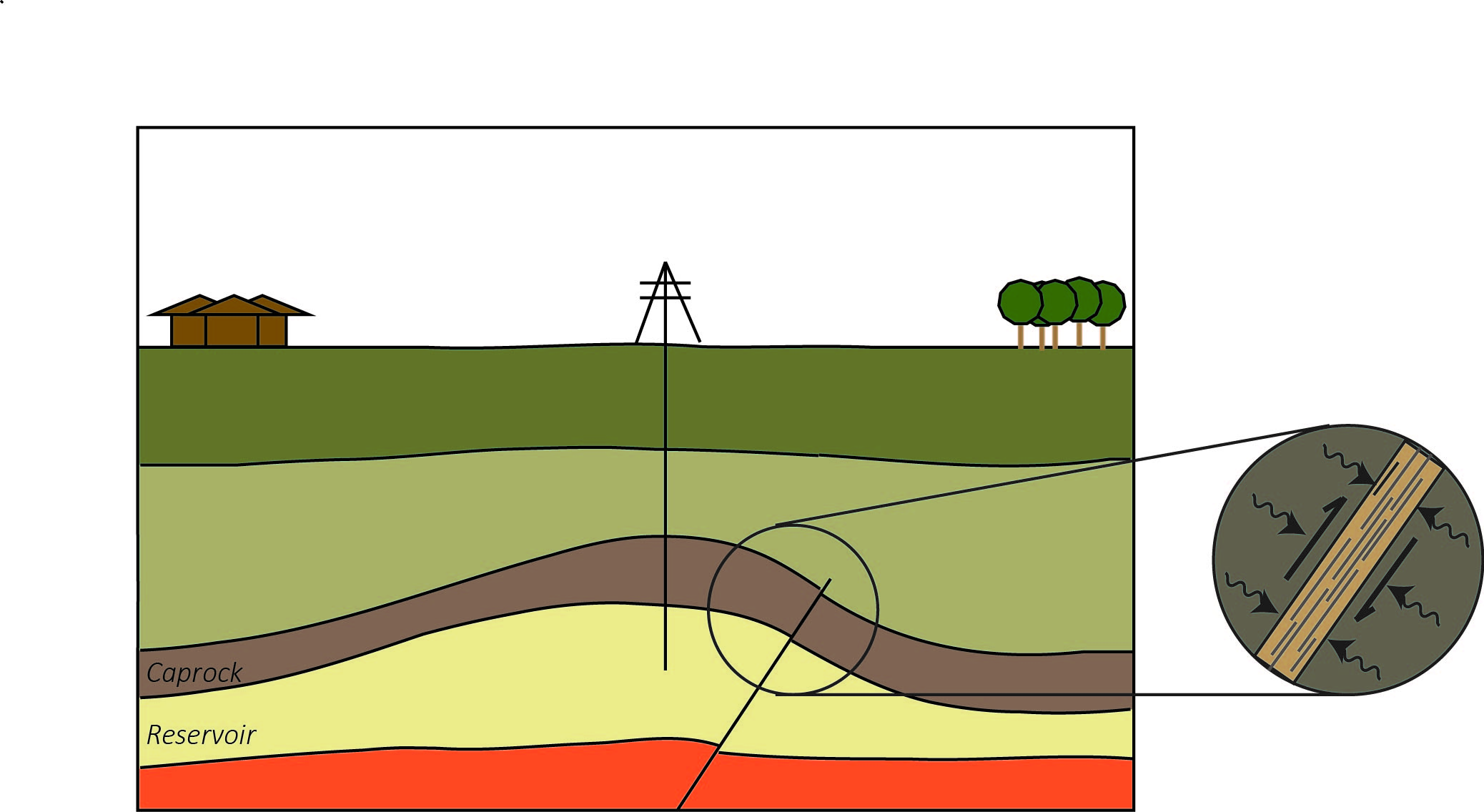Within a week the EGU General Assembly will kick off! This year the topic will be A Voyage Through Scales. For those that will attend for the first time, the scale of EGU itself may be impressive enough already. So how do you decide where to go? Here we hope to point you to a few interesting sessions, in case you get completely lost.
A number of events will take place concerned with this year’s theme: A Voyage Through Scales. Zoom into a cloud. Zoom out of a rock. Watch the volcano explode, the lightning strike, an aurora undulate. Imagine ice sheets expanding, retreating – pulsating – while continents continue their leisurely collisions. Everywhere there are structures within structures … within structures. A voyage through scales is an invitation to contemplate the earth’s extraordinary variability extending from milliseconds to its age, from microns to the size of the planet. The range of scales in space, in time – in space-time – is truly mindboggling. Their complexity challenges our ability to measure, to model to comprehend.
***
Lectures for a general geoscience audience (GL)
- GL1 – A Voyage through Scales – Water in terrestrial systems by Kurt Roth: Tue, 14 Apr, 13:30–14:30, room Y1
- GL2 – A Voyage through Scales – Archives of the Continental Crust by Chris Hawkesworth: Wed, 15 Apr, 13:30–14:30, room Y1
Theme exhibition
To illustrate this year’s theme, there are four exhibitions interpreting ‘A voyage through scales:
- The scales of the General Assembly: experience the evolution of the conference during the week; space, time, and volume – the EGU2015 in numbers.
- The scales of peer review: experience a voyage through the interactive quality assurance of EGU’s journals; space, time, and volume – watch peer review from a different perspective.
- The scales in EGU journals: experience the beauty of science through the lens of our publications; impressions from this year’s photo book.
- The scales in art: experience the dialogue between science and art; watch the artistic interpretation of the theme developing over the week.
Photo book
A high-quality photo book has been compiled and will be presented at the Assembly. Through the lens of our journals, scientists write about scaling in their disciplines and visualize their work through beautiful photos. The book is published by EGU and Edition Lammerhuber and will be handed-out to the participants upon registration.




